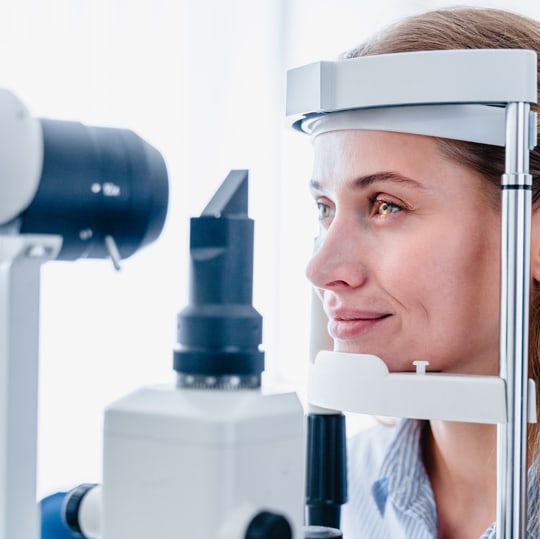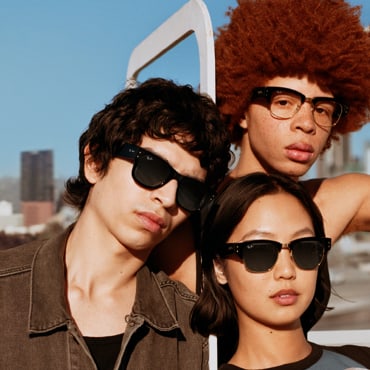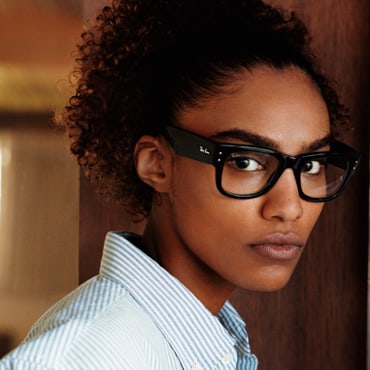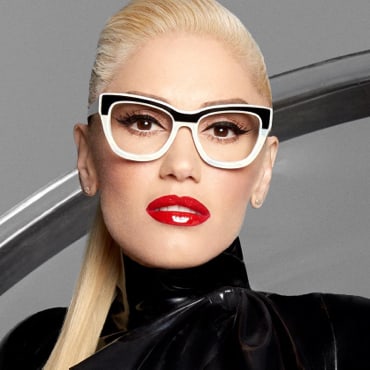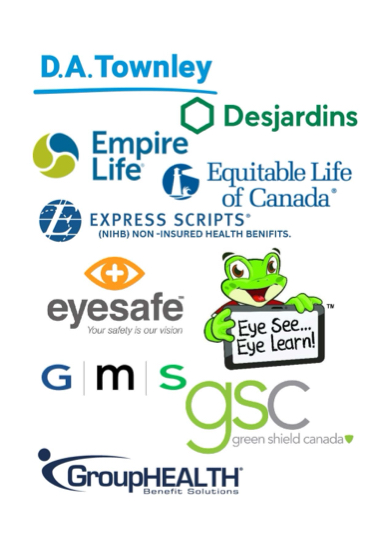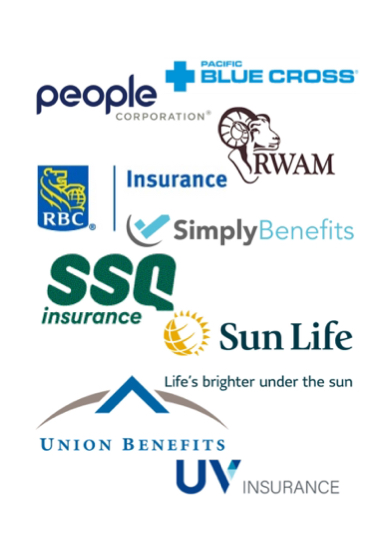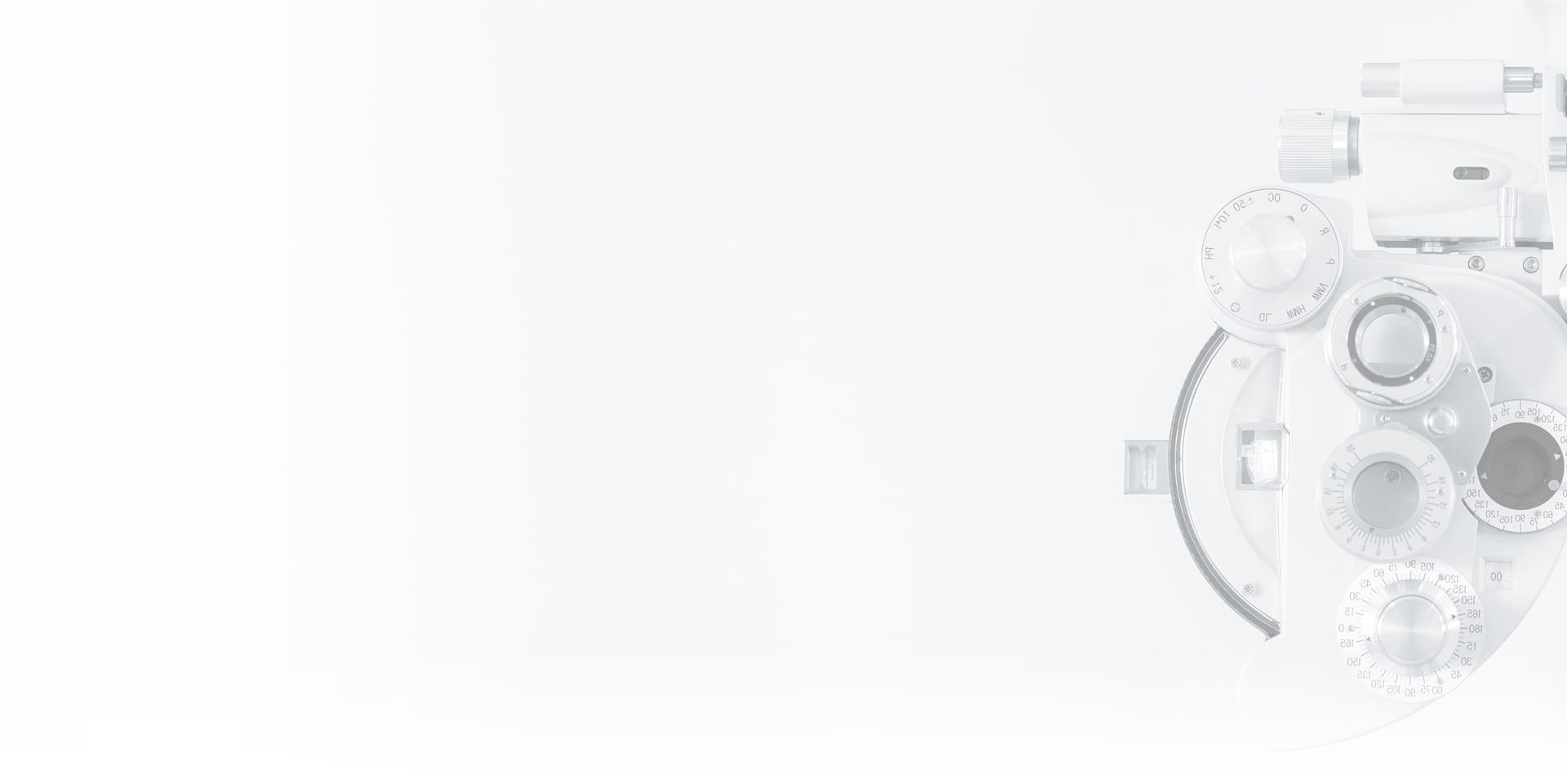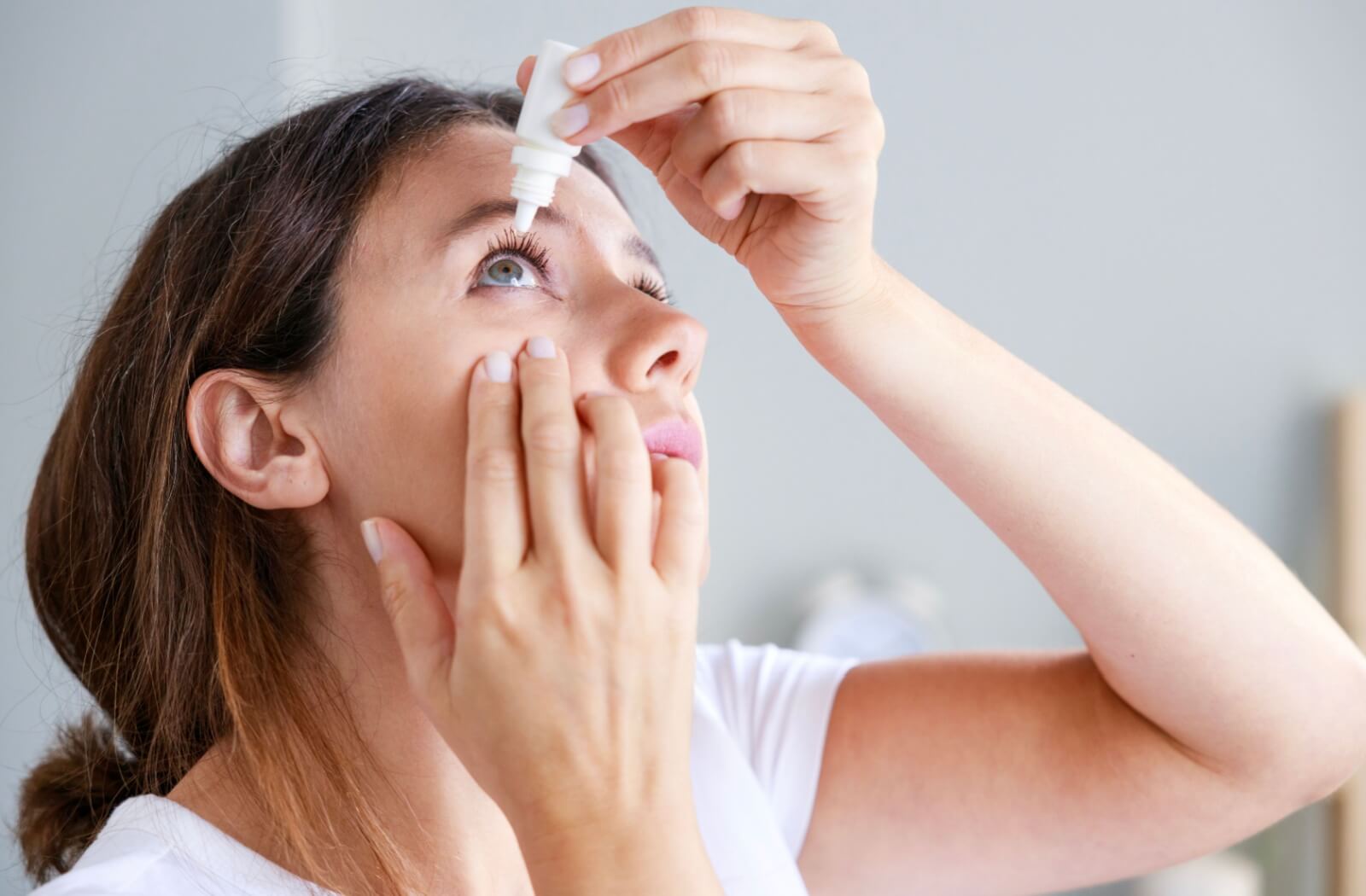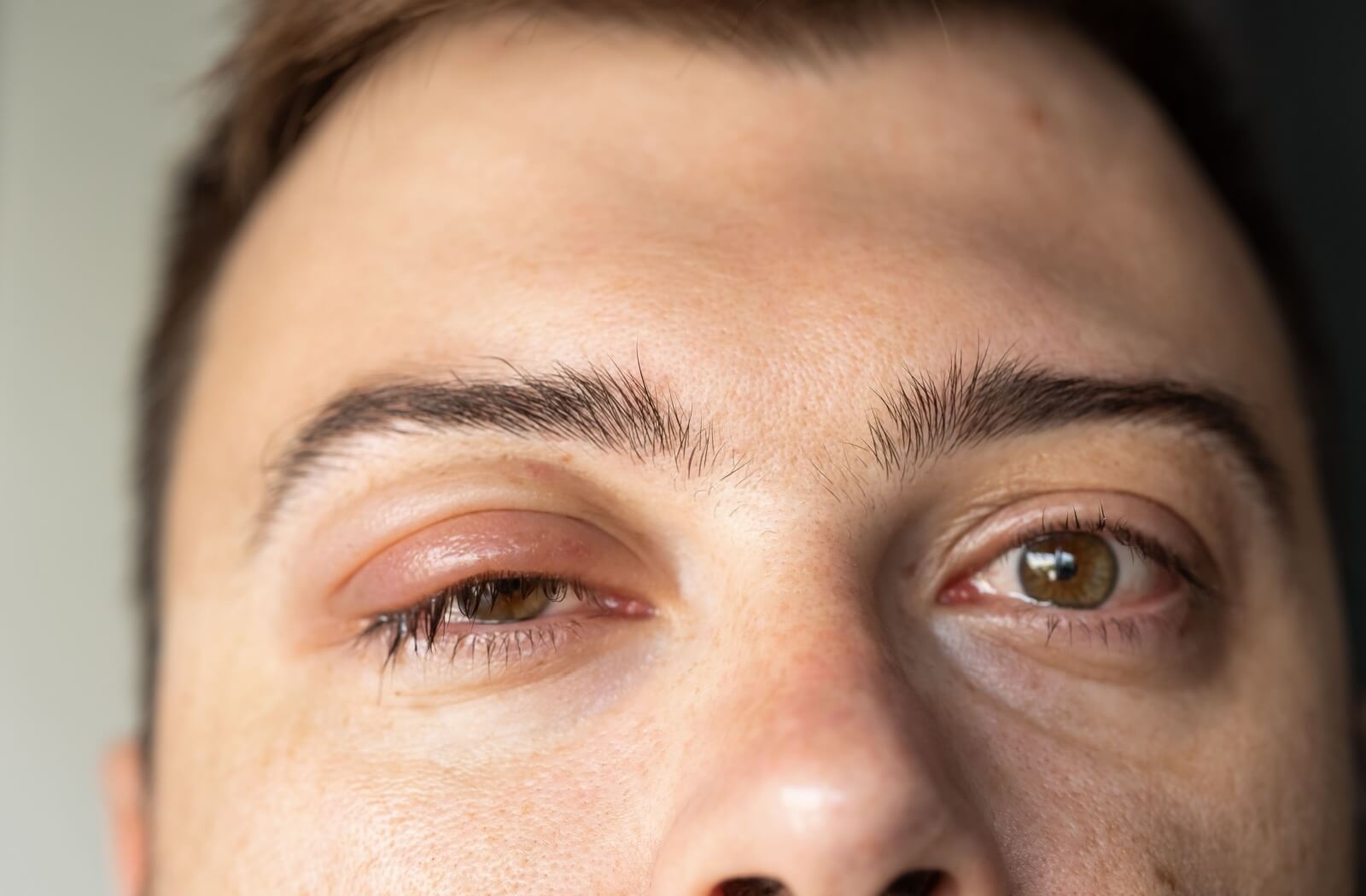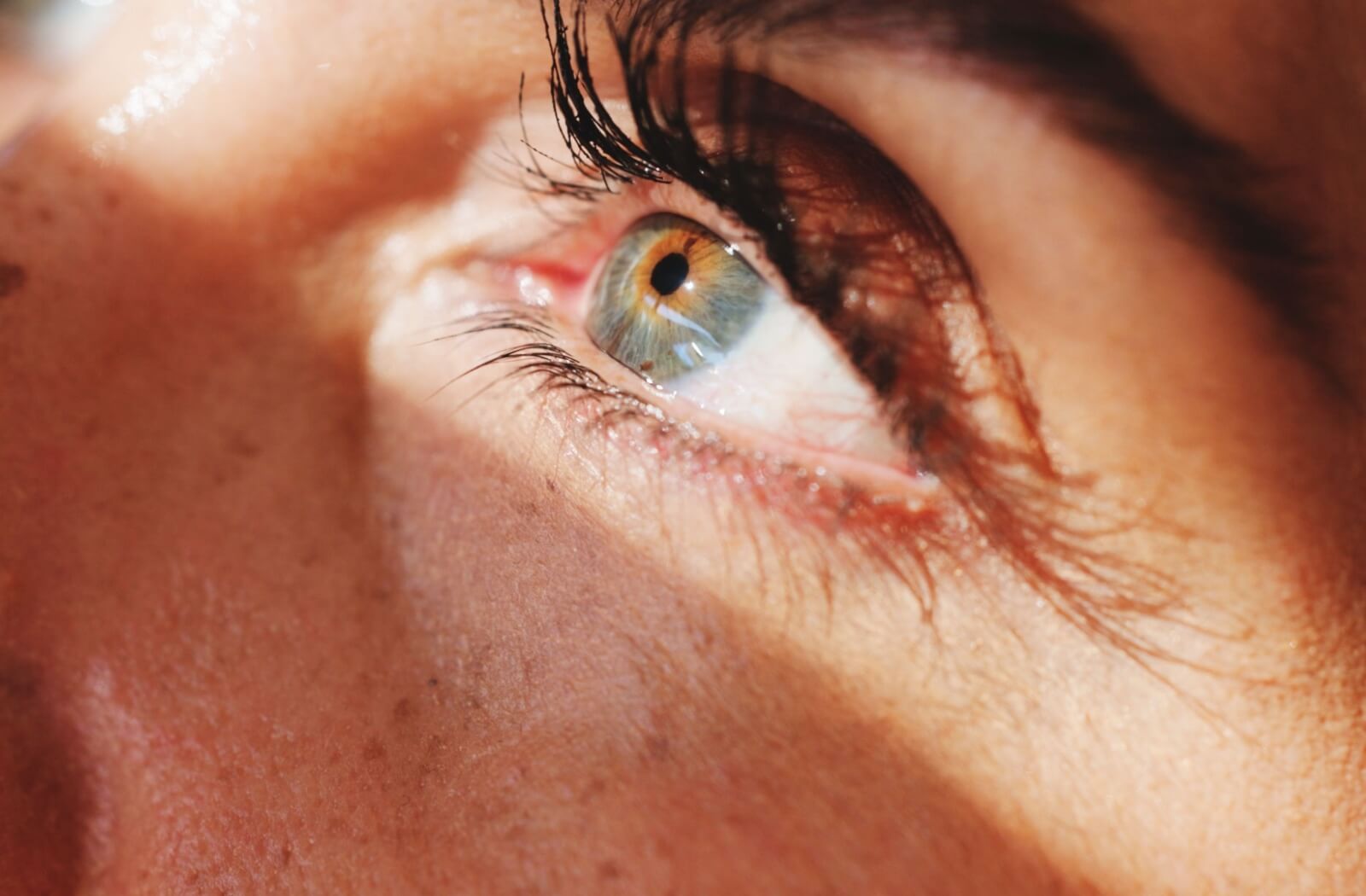When you picture sunglasses, an image of sleek, sun-blocking eyewear likely flashes through your mind—and rightfully so, for that’s precisely their primary function. With the advent of polarization technology, however, these stylish accessories are no longer limited to only shielding your eyes from the sun.
Instead, they have become a tool for vision clarity, blocking harmful rays, and making outdoor activities safer and more enjoyable. Polarized lenses reduce glare by filtering and absorbing reflected light waves, letting only direct light through.
Regular visits to Eyesis Eyecare for eye exams are just the start of maintaining your eye health. We wear protective glasses during work and prescription glasses to correct vision problems, so why should protecting our eyes from the sun be treated differently? Polarized sunglasses can provide additional eye protection by reducing glare and providing protection against harmful Ultraviolet (UV) radiation.
Unpacking the UV Rays
To understand how polarized and nonpolarized sunglasses protect your eyes, you need to know what they’re safeguarding against. There are three main types of UV rays to be considered:
- Ultraviolet A (UVA): Although it’s the weakest of the three, UVA rays are present all year round, and the ozone layer doesn’t absorb any of them.
- Ultraviolet B (UVB): UVB rays are more intense than UVA, though the ozone layer absorbs a portion of them, reducing their harm.
- Ultraviolet C (UVC): UVC is a dangerous UV ray, and it is extremely harmful, but thankfully, it is fully absorbed by the atmosphere and ozone layer.
UV Radiation & Your Eyes
Merely being outdoors without proper eye protection can expose your eyes to harmful radiation. Over time, this exposure can lead to serious eye problems, including:
- Corneal damage: UV exposure can cause corneal sunburn (photokeratitis), leading to discomfort, redness, and temporary vision loss.
- Macular degeneration: UV rays can damage the macula, increasing the risk of age-related vision loss.
- Cataracts: Prolonged UV exposure can cloud the eye’s lens, leading to blurred vision and potential surgery.
- Growths on the eye (some of which can be cancerous): Sun exposure can cause abnormal eye growths like pterygium, sometimes requiring treatment.
- Photokeratitis: Also known as “snow blindness,” this painful condition causes redness, light sensitivity, and watery eyes.
Even if you haven’t always consistently protected your eyes while outdoors, it’s never too late. Some conditions, like cataracts or macular degeneration, can initially develop without noticeable symptoms. Regular eye exams at Eyesis Eyecare can aid in detecting potential issues early.
The Difference Between Non-Polarized & Polarized Sunglasses
Non-polarized sunglasses are glasses with tinted lenses, sometimes paired with prescriptions. While they reduce brightness and allow for clear vision on sunny days, they offer minimal UV protection. Non-polarized sunglasses are usually less expensive and more durable, making them a decent choice for low-intensity, short-term outdoor use.
Polarized sunglasses, however, help enhance eye safety and comfort further. While they look similar to nonpolarized glasses at first glance, the difference becomes clear when you wear them. Polarized lenses reduce glare by filtering and absorbing reflected light waves, letting only direct light through. This helps improve clarity, depth, and colour perception, making them beneficial for activities like driving, boating, or fishing.
How to Tell If Your Glasses Are Polarized
Not sure if your sunglasses are polarized? Here’s an easy test: Look at a reflective surface through your sunglasses while rotating them at a 90° angle. If the reflection disappears, they’re polarized. You can also look at an LED screen through the lenses—rotating the glasses will make the screen darken or black out completely. If you’re still uncertain, visit an optometrist or a trusted eyewear store where professionals can quickly confirm whether your lenses are polarized.

When to Wear Polarized Glasses?
Polarized sunglasses are ideal for various outdoor activities where glare reduction and UV protection are necessary. Consider wearing them in the following situations:
- Driving
- Water activities
- Outdoor activities
- Beach days
- Snowy environments
- City walks or outdoor events
- Golfing
This list is not endless but polarized sunglasses are recommended for many activities where your eyes are exposed to the sun and the UV rays that come with it!
When Polarized Glasses Might Be Less Ideal
While polarized sunglasses offer many benefits, they may not be ideal for all activities. For example, they can make icy patches on roads or slopes harder to see, which may be unsafe for driving in snowy conditions or for winter sports. Additionally, they might interfere with viewing digital screens or operating heavy machinery, so assess your environment before relying on them.
Trust Eyesis Eyecare for Your Polarized Sunglasses
Whether you’re looking for prescription sunglasses, polarized lenses, or trendy eyewear, the team at Eyesis Eyecare has you covered. Our team can assist in finding a pair that aligns with your preferences and lifestyle. Protect your eyes with quality eye care—contact us today or visit our office to learn more about the benefits of polarized sunglasses!




